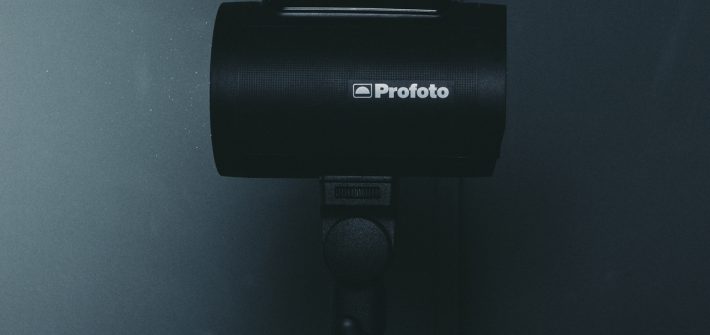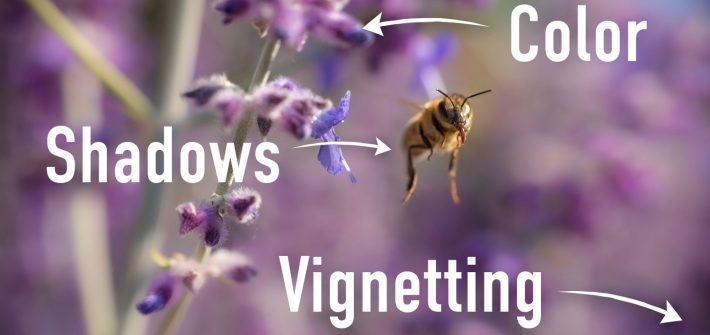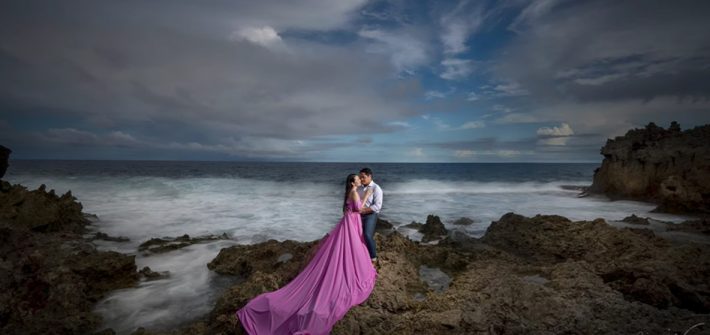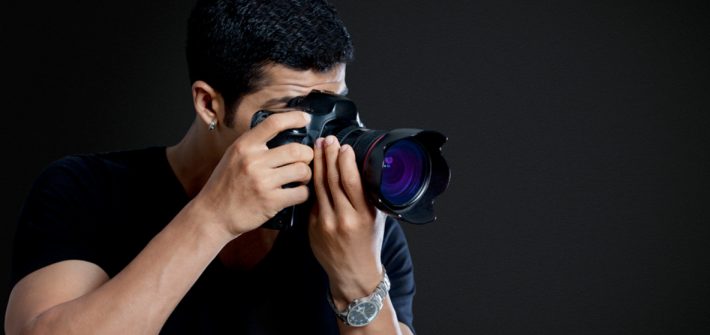Now that the dust has settled on Nikon’s big Z 9 announcement and pundits have chewed the cud over the raft of firsts that the announcement heralded, let’s pause for a moment and consider some of the reality that will undoubtedly follow this.
![]()

Profoto is busy developing their A series line of flashes. Just look at the recent focus the company has put out on the Clic modifiers, notably, launching the Clic softbox, which we reviewed some time ago. A few users commented that the A1 series flashes will be too weak to be used under certain settings with the Clic softbox, which got me wondering if there is a more powerful flash coming along soon. There was: the Profoto A2.

Wildlife photography can be incredibly rewarding when things go right, but it’s incredibly difficult to master. That’s why when you have a good photo that’s let down by a few of the camera settings, you should use Lightroom to transform that drab shot into something much more beautiful.
![]()

When you are new to working with artificial light, it can be a bit overwhelming trying to balance all the technical and creative aspects while also posing your subject and controlling the camera. If you are a beginner and looking to improve, check out this great video tutorial that will show you three flash techniques every portrait photographer should know how to employ.

A lot of photographers like to use a shallow depth of field for portraiture; however, if you are lighting your subject with flash, you will be limited by the flash sync speed of your camera. There are ways around this, however: high-speed sync and ND filters. Both come with their own pros and cons, and this excellent video discusses which is better for your work.
![]()